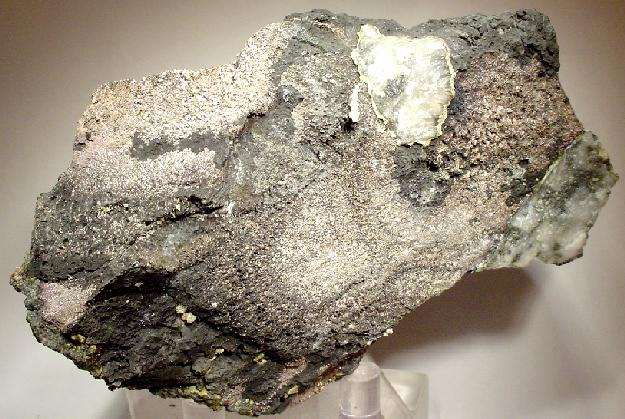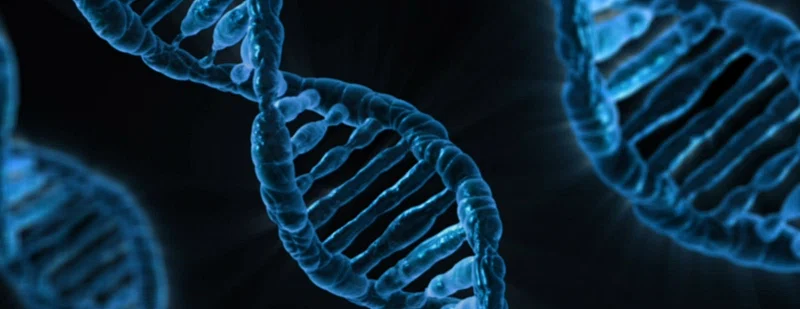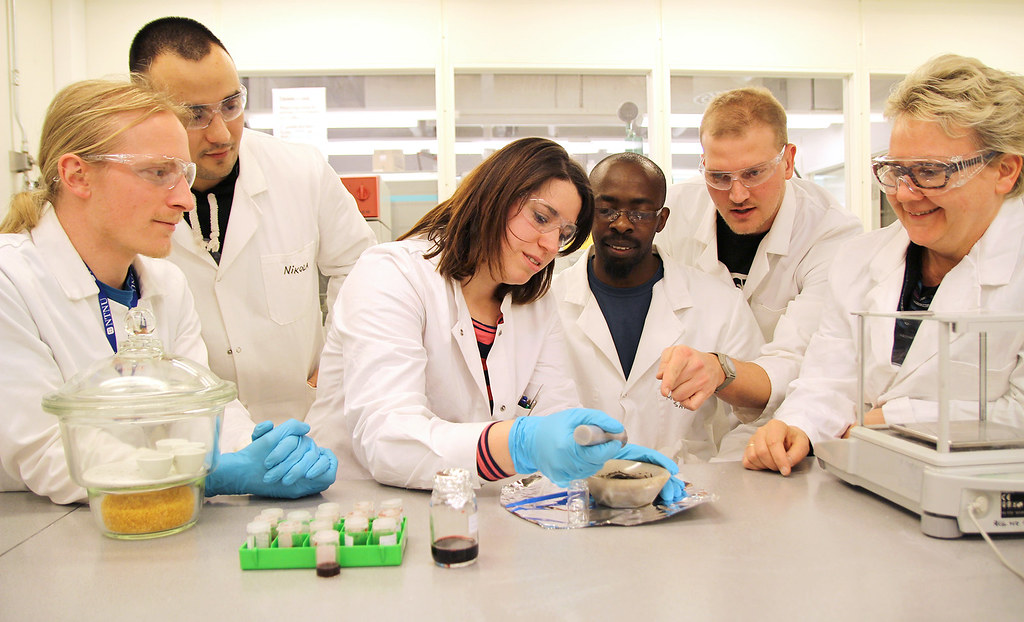
It started with a question that had the potential to overturn the laws of biology: could life replace one of its most basic building blocks with a lethal imposter? The story of the GFAJ-1 microbe, which was once touted as proof that arsenic could replace phosphorus in DNA, has now completed a full circleleading to retraction, controversy, and a cautionary tale for the scientific community.

1. The Bold Claim: Arsenic for Phosphorus
In 2010, a NASA-led team announced the discovery of GFAJ-1, a bacterium from California’s Mono Lake, whose waters brim with arsenic. The researchers, led by Felisa Wolfe-Simon, reported that GFAJ-1 could thrive by substituting arsenic for phosphorusa core element in DNA, RNA, and ATP. “What we’ve found is a microbe doing something new building parts of itself out of arsenic,” Wolfe-Simon said in a NASA statement. The implications were seismic: if true, it would mean life’s biochemistry was more flexible than previously imagined, expanding the potential for extraterrestrial life and rewriting textbooks on the basic requirements for biology.

2. The Immediate Backlash: Scientific Scrutiny and Skepticism
The paper’s publication in Science was met with swift and pointed critique. Eight technical comments accompanied the print release, with experts highlighting flaws in methodology and interpretation. As one critical comment succinctly summarized, “consideration of arsenate redox chemistry undermines the suggestion that arsenate can replace the physiologic functions of phosphate.” The central concern: arsenate esters are orders of magnitude less stable than phosphate esters, making them unlikely candidates for the backbone of genetic material in aqueous environments.

3. Chemistry’s Hard Limits: Why Arsenic Isn’t Phosphorus
At the heart of the controversy lies the chemistry of arsenate and phosphate. Both are oxyanions with similar shapes and charges, but the arsenic-oxygen bond is longer and weaker than the phosphorus-oxygen bond. This makes arsenate esters extremely susceptible to hydrolysis; half-lives measured in seconds or less, that is, compared to the geological stability of phosphate DNA. As explained in an extensive review, “the arsenate ester spontaneously hydrolyzes 100,000-fold faster than the phosphate ester, and cells would effectively starve for lack of intermediates of metabolism.” Even where enzymes are able to utilize arsenate as a substrate, the products quickly disintegrate, spoiling the potential for stable arsenic-based life.

4. Replication Efforts: The Data Don’t Hold
In 2012, two separate, independent studies in the journal Science sought to reproduce Wolfe-Simon’s results. Both determined that though GFAJ-1 might withstand high concentrations of arsenic, it was unable to substitute arsenic for phosphorus within its DNA. A team from Princeton employed cutting-edge purification and mass spectrometry methods and saw no sign of arsenic within the DNA backbone. As researcher Marshall Louis Reaves described, “None of the purified DNA samples showed any signs of containing an arsenic-containing DNA building block.” Rather, arsenate appeared only as a contaminant which could be removed by washing.

5. The Role of Contamination and Methodological Pitfalls
One of the main technical faults was the inadequate purification of nucleic acids. As Science editors Valda Vinson and Holden Thorp put it, “One of the Technical Comments had noted that the analyzed nucleic acids were not properly purified.”. Given the evidence that the results were based on contamination, Science believes that the key conclusion of the paper is based on flawed data.” The background level of phosphorus in reagents and the possibility of arsenate sticking noncovalently to DNA were not adequately controlled, leading to false positives in the original analysis.

6. Retraction Without Misconduct: A New Editorial Era
For years, the GFAJ-1 paper remained unretracted, as there was no evidence of fraud or deliberate deception. But as journal retraction policies evolved, Science adopted a new standard: flawed data alone could warrant retraction, even absent misconduct. On July 24, 2025, Science officially withdrew the paper, citing the overwhelming evidence of error and contamination. The authors themselves went on to justify their work, saying, “Disputes over the conclusions of papers, including how well they are supported by the available evidence, are a normal part of the process of science. Although our work could have been written and debated more fully, we stand behind the data as reported.”

7. Lessons for Astrobiology and the Scientific Process
The GFAJ-1 saga is a vivid case study in the challenges of scientific reproducibility and the self-correcting nature of science. It underscores the importance of rigorous controls, transparent data sharing, and independent replicationespecially when claims threaten to overturn foundational knowledge.

As one critic noted, “If arsenic-based DNA really existed, it would fundamentally alter scientists’ understanding of the chemistry of life on Earth and point to chemistry that, at least in theory, could be used to sustain life elsewhere in the universe.”

But extraordinary claims demand extraordinary evidence, and in this case, the evidence could not withstand the scrutiny of the broader scientific community. The legacy of the ‘arsenic life’ paper is not merely one of error, but of the relentless pursuit of truth that defines science at its best.

